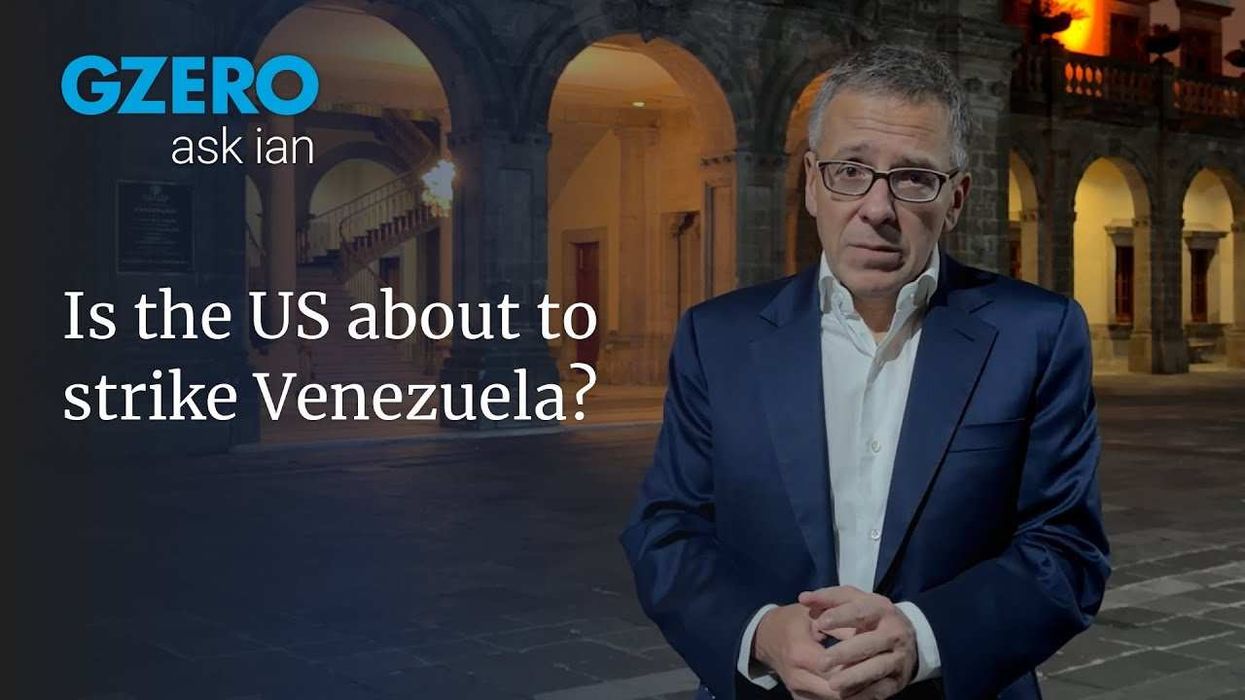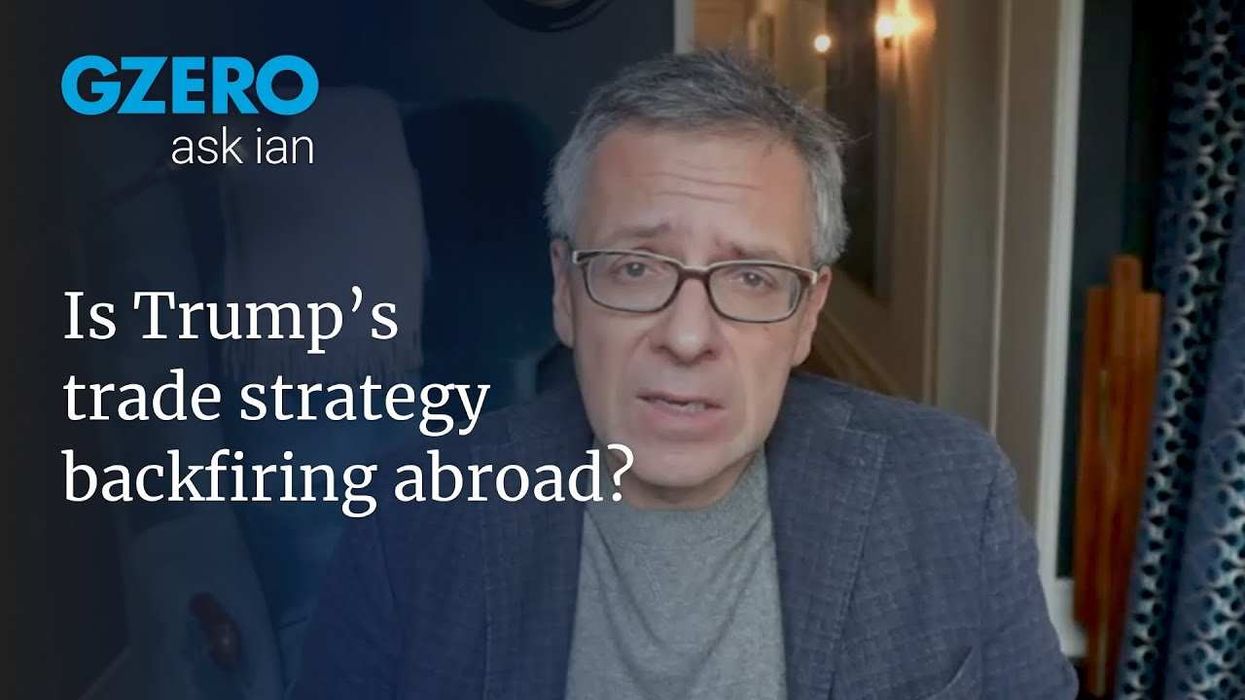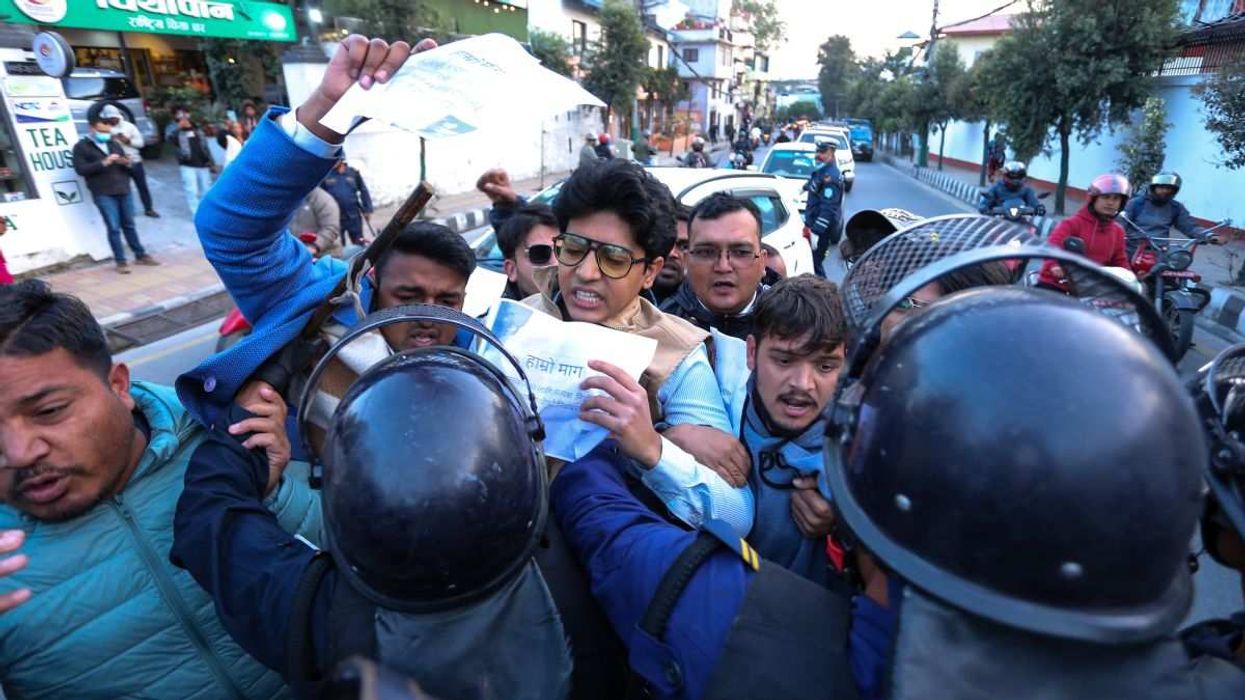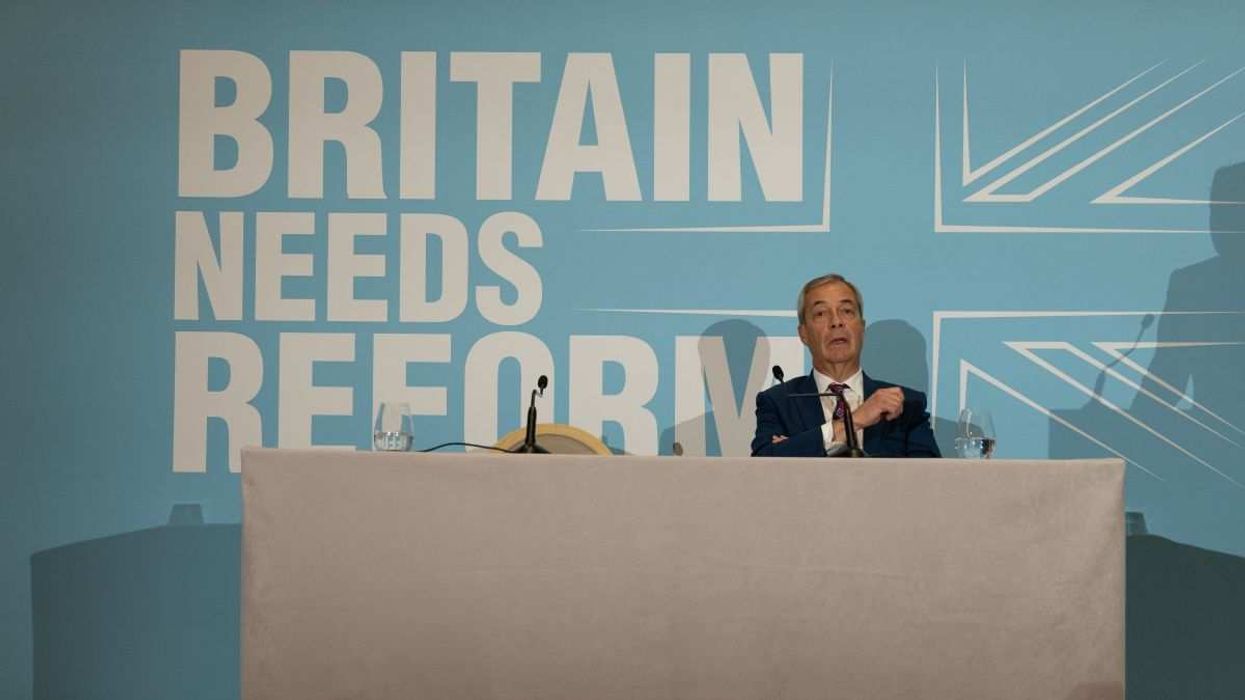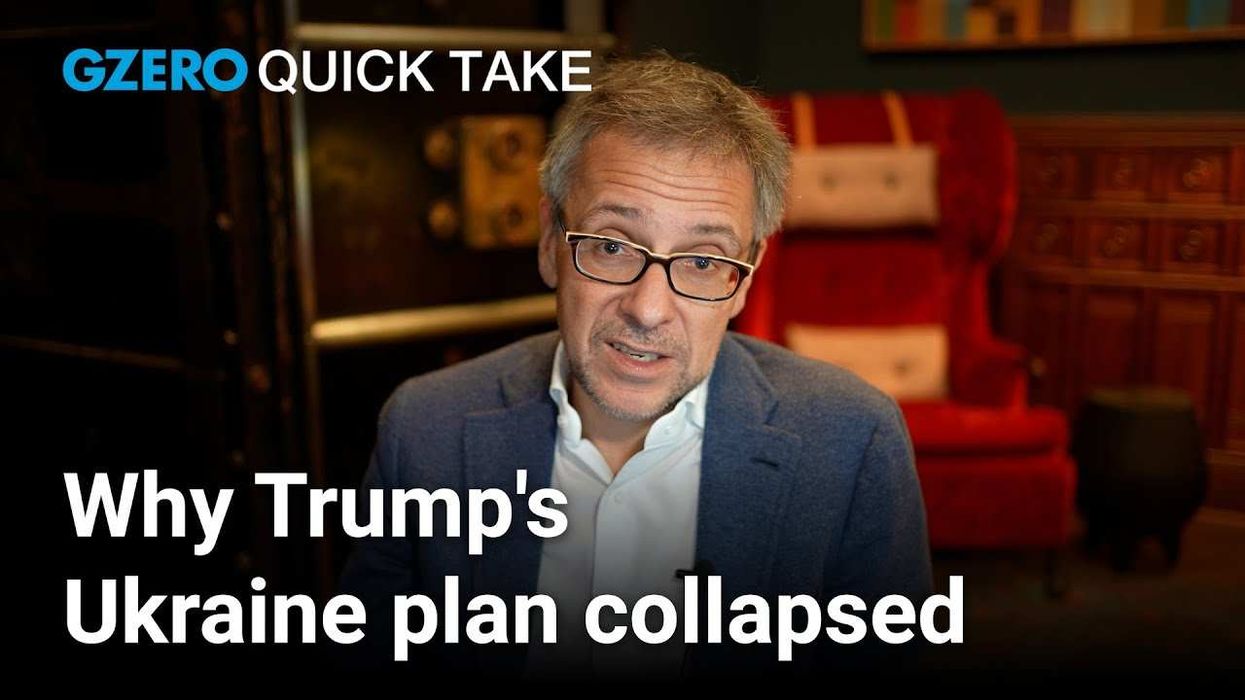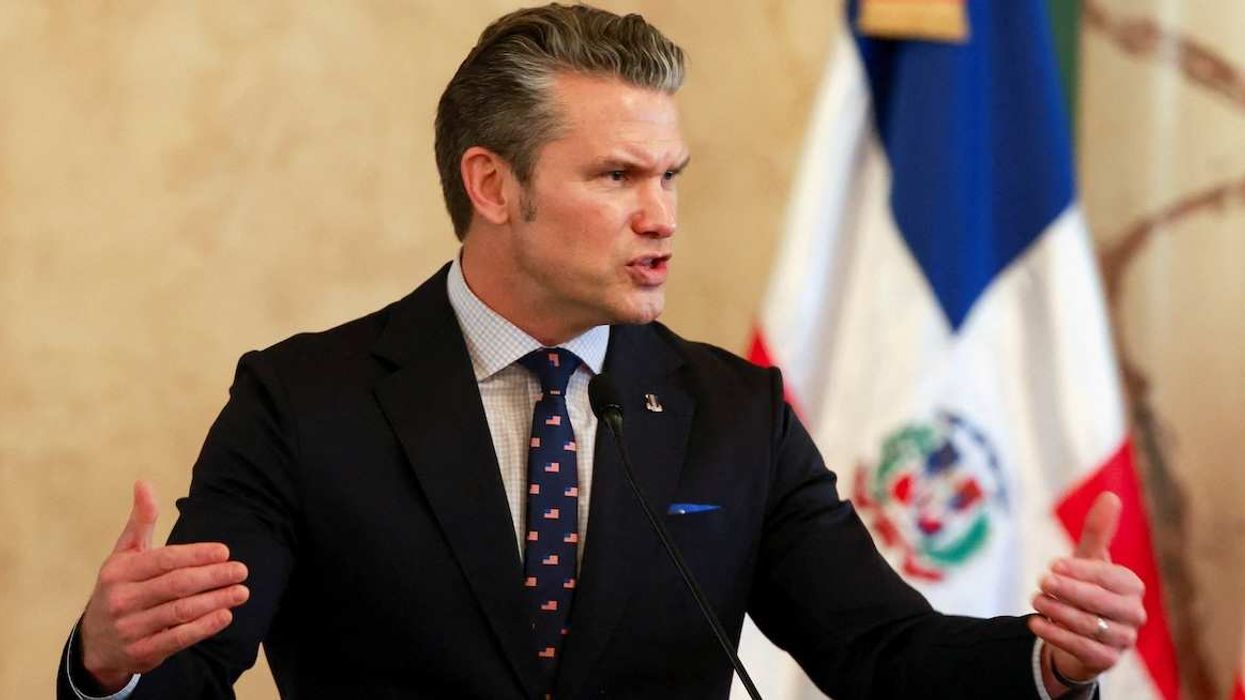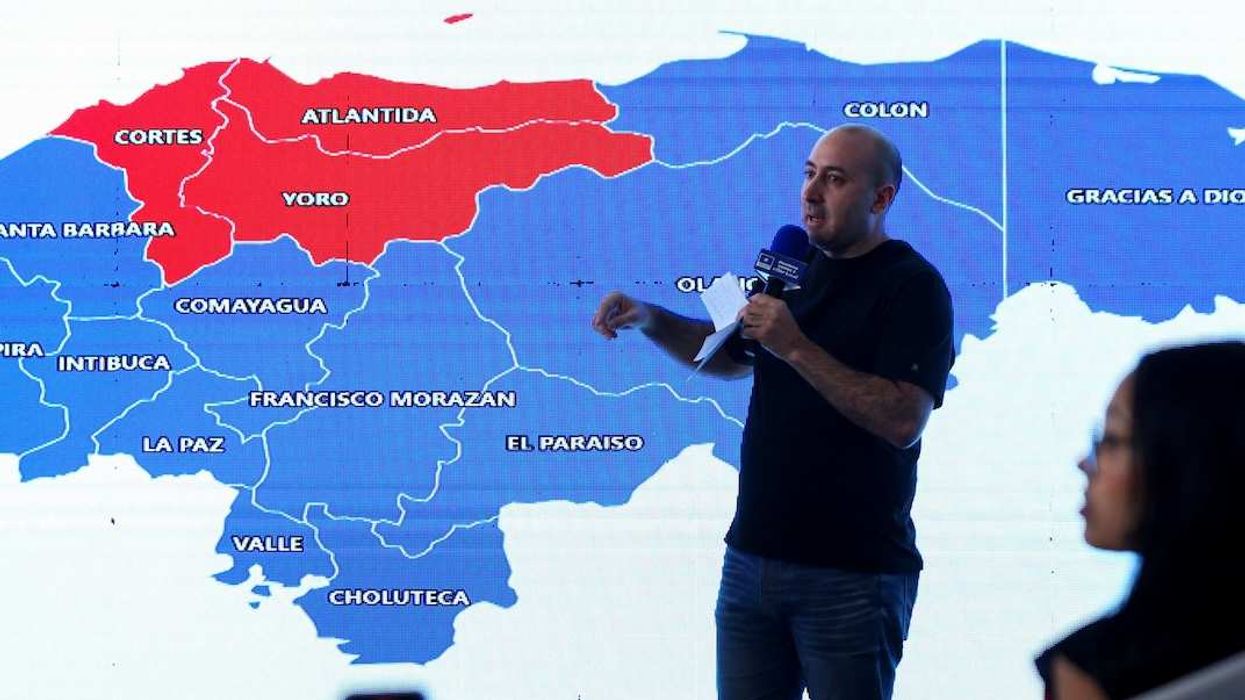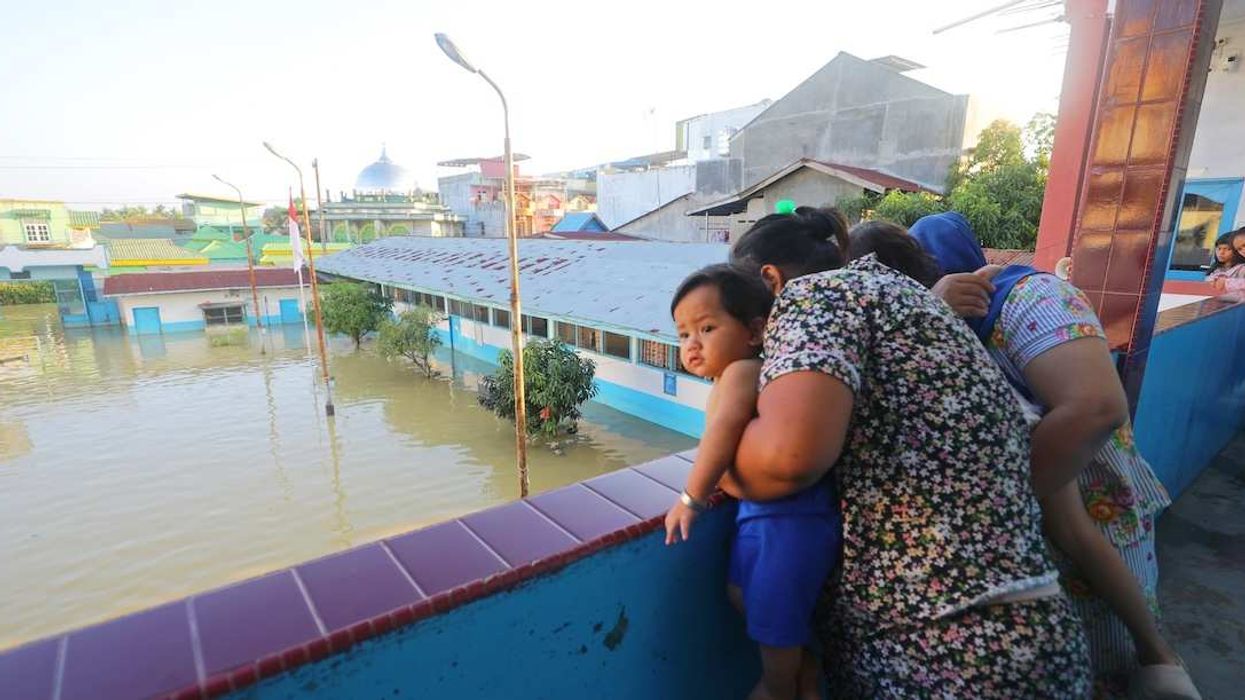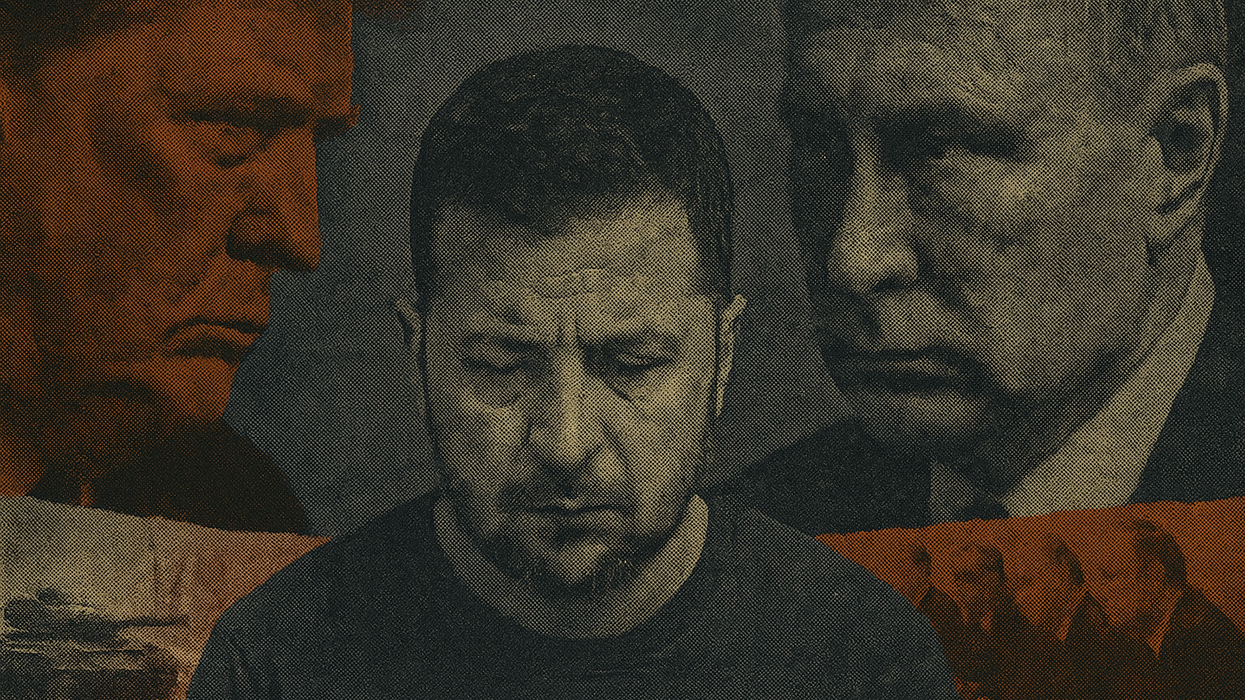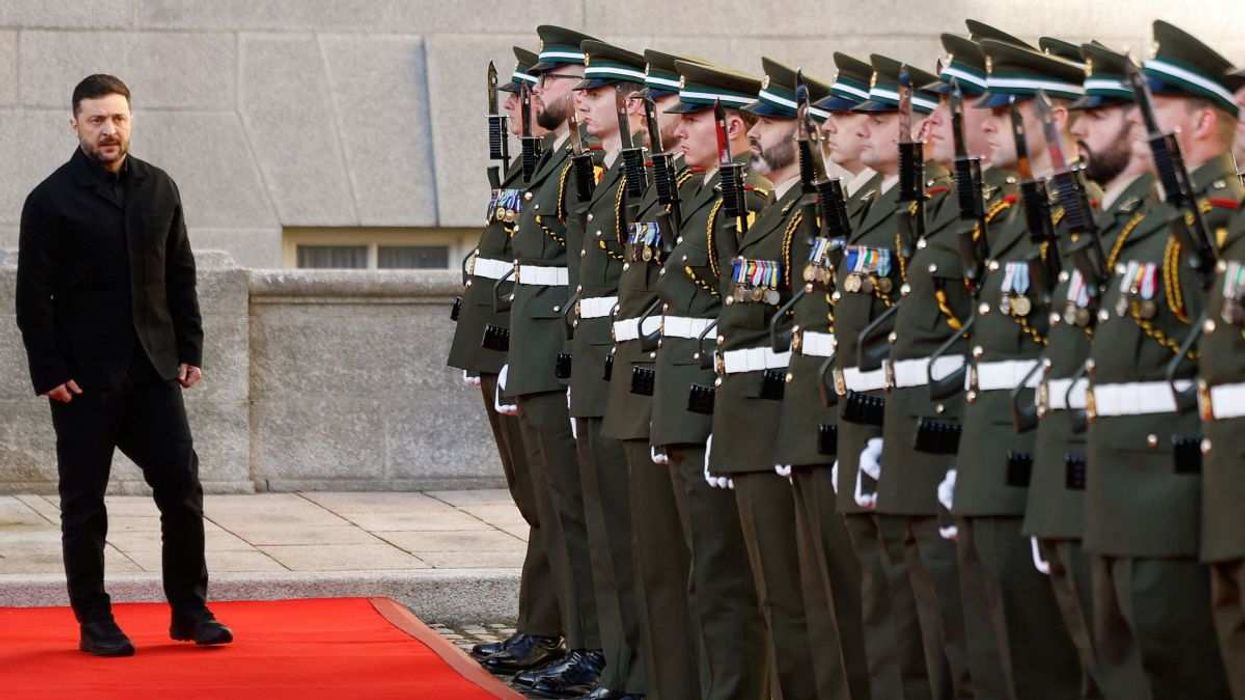Last Saturday, thousands of Mexicans marked the International Day of the Disappeared by taking to the streets of the country’s major cities, imploring the government to do more to find an estimated 130,000 missing persons. The growing movement has put pressure on President Claudia Sheinbaum, who made addressing this issue a pillar of her campaign.
Much to Sheinbaum’s and the country’s dismay, the problem seems to be getting worse. The total number of missing people in Mexico increased 12% in 2025, after growing 6.3% in 2024 and 7.3% in 2023, according to the Mexican Institute of Human Rights and Democracy.
While missing people have been a serious issue in the North American country of over 130 million people since the 1950s, the problem became much more widespread beginning in 2007 after then-President Felipe Calderón declared a “war on drugs.”
Calderón’s proclamation – and subsequent military crackdown on the drug cartels – created power vacuums between these crime groups, as smaller ones battled one another to fill the void left by the largest groups that government forces took out.
“The violence erupted very quickly once the war on the cartels began,” said Eurasia Group’s Mexico analyst Andrea Villegas. “So that leads to more inter cartel violence as well, because when one group is dismantled, rival organizations fight to seize its territory and establish control.”
Violence has continued between the cartels, says Villegas, and the fighting has contributed to the dramatic rise in disappearances.
It isn’t just cartel-on-cartel violence, though. These criminal organizations also lure young recruits through false job ads, then use killing or disappearances as a means of punishment to keep order within the camp. They also want to maintain social control in areas where they already enjoy a great deal of power, like Guadalajara, a major city in western Mexico. And they use this violence as a preventative or retaliatory measure, once murdering a group of young police recruits training for a special unit whose purpose was to combat the cartels.
One of the most famous cases of cartel-on-civilian violence occurred in 2014, when one crime organization – with the help of corrupt police officials – seized 43 students from Iguala in southern Mexico. Eleven years on, only three of these students’ remains have been found.
Why can’t the authorities find these people? Those murdered are often buried by the cartels in mass graves, with their remains contaminated to make it extremely difficult to identify the bodies or determine the cause of death. The existence of these horrific sites has become so frequent that Mexicans are no longer as shocked by their discovery.
But in March, the country was shaken again. When volunteers searching for their missing relatives were given a tip about another mass grave site outside of Guadalajara, they instead found something resembling an extermination camp. It was replete with cremation ovens and burnt remains.
Mexico isn’t the only Latin American country to face this issue. Argentina’s military junta killed or disappeared an estimated 30,000 people during the late 1970s and early 1980s, often by dropping them from planes. Guatemala’s 36-year civil war included the disappearances of some 40,000 people. Brazil’s military dictatorship of 1965 to 1984 quashed dissent by seizing, killing and disappearing the dissidents of the regime – this was memorialized in last year’s Oscar-winning film “I’m Still Here.”
But Mexico’s issue is a current one, and the numbers are even greater.
What is the government doing about it? Elected last year, Sheinbaum has abandoned her predecessor Andrés Manuel López Obrador’s (AMLO) policy of “Abrazos, no balazos” (hugs, not bullets), which prioritized economic development as a means to diminish cartel power. She has taken a more aggressive approach to confronting the issue.
“Sheinbaum is trying to do this coordination between states and police forces in order to be able to trace why a body started in Chiapas [in the South] and ended in Sinaloa [along the West Coast],” said Villegas.
Sheinbaum’s government has claimed that the approach is working, saying that homicides in the country have fallen 25%. However, the data for this stat isn’t publicly available. What’s more, the spiking number of disappearances tells a different story.
This could have political consequences for Mexico’s first female president. By identifying this issue a key part of her campaign, Sheinbaum has made the number of cartel disappearances a key metric for whether she can be deemed a successful leader. Right now, the data isn’t going in the right direction.
“Every single mass grave and data that comes out kind of points that this is going to be a much larger [issue],” said Villegas. “I think that it’s more a cause of the lack of security strategy that AMLO had, and she’s going to be reaping the consequences of this, but it is going to be her responsibility to respond.”


